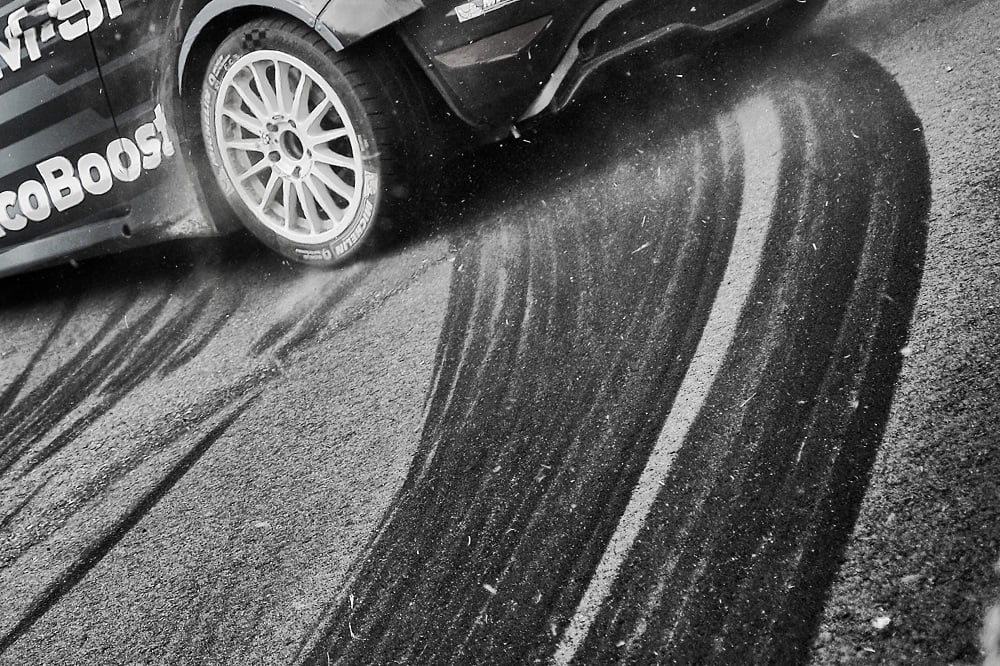The clutch: what is its role?
Whether mechanical or hydraulic, a car’s clutch provides the connection between the engine and the gearbox. More precisely, this member is used to transmit the traction force produced by the engine to the drive wheels when the driver presses the clutch pedal, engages a gear, and gradually releases the pedal. Indeed, with the engine running constantly, it is necessary to decouple it from the transmission:
- When the car is still stationary, but the engine is running;
- Every time the driver changes gear;
- When the car needs to decelerate and stop.
Composed of several elements such as the plate, the clutch disc and the stopper, the clutch is therefore a fundamental link since it allows all the power of the engine to be transmitted to the transmission system. This organ thus guarantees the performance of a racing car. If one of its parts wears out, changing the clutch is required.
The different types of clutches in motor sports
Two categories of reinforced clutches can be distinguished in motorsport: Gr.N or group N clutches, and those of the Gr.A group. They are divided into the following subcategories: the single disc clutch, the double disc clutch, and the carbon friction clutch.
The single disc clutch
As its name suggests, it consists of a single friction disc with a lining on each side. This type of clutch offers an advantageous performance/price ratio.
The double disc clutch
It is made up of several discs, which increases the friction surface. This results in improved transmission of power and torque, as well as less rapid wear of the elements.
The carbon friction clutch
The carbon friction lining has excellent performance in power and torque transmission. In fact, it can withstand a torque of up to 1,200 Nm, commonly found in the world of Formula 1. In addition, the carbon friction clutch offers high resistance to thermal stress with temperatures that can exceed 1 000°C in Formula 1. Finally, thanks to its compactness, the carbon friction clutch is more suitable for motor sports.
Racing teams therefore prefer these types of clutches as much for their low weight as for their ability to efficiently transmit power and torque, in particular multi-plate clutches and those with carbon friction.
Changing the clutch: a crucial maintenance step
Clutch disc wear is one of the most common problems. This normal wear corresponds to the shrinkage of the layer of friction material. A failure of the thrust bearing also causes a clutch problem. Here are the signs of a worn clutch:
- The clutch disc slips against the plate and the clutch slips. Thus, the force of the engine is no longer transmitted entirely to the drive wheels. Even when pressing the accelerator, the car’s speed does not increase;
- Gears are difficult to shift;
- The clutch pedal is hard;
- Vibrations occur and noises are heard when changing gears.
Clutch maintenance is therefore crucial, especially in motorsport. Replacing the complete clutch kit is the only solution. It is important to entrust this operation to a professional like idGarages, a specialist in car maintenance, in particular tire fitting. Indeed, the intervention requires appropriate tools, ultimate precision as well as proven know-how.
In short, the clutch of a racing car undergoes intense stress during each event, in particular because of the numerous gear changes. The clutch plays a fundamental role, its maintenance must be rigorous, and its replacement is recommended at the first signs of wear.
ALSO READ:
Rally of Greece: Ogier slowly resumes
France Télévisions will abandon the Dakar

